
Visual designer
Prototype
Design system
Cross-platform Design System (Web & Internal Tools)
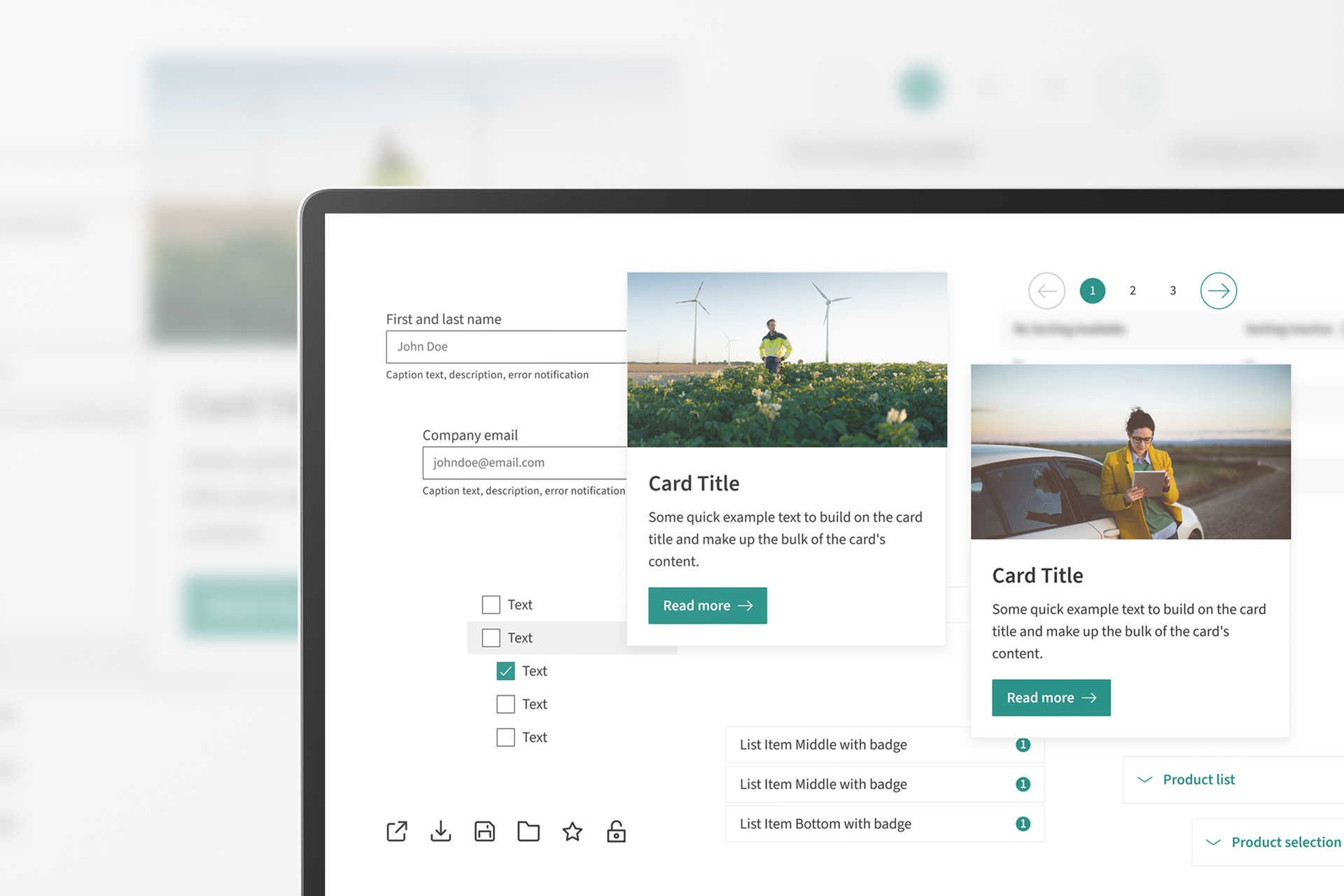
Infineon, one of Europe’s leading semiconductor manufacturers, needed to unify its digital presence. Across internal teams and external agencies, the lack of a cohesive design system created visual inconsistencies, accessibility gaps, and inefficiencies in development.
At Radikant, I joined the design team to help build Infineon’s first fully integrated Digital Design System (DDS), a scalable foundation that would streamline design and development, enhance accessibility, and align the brand across digital touchpoints.

Infineon’s design ecosystem was fragmented. Components were reused inconsistently, documentation was outdated, and the brand experience varied between teams and regions.
The absence of a unified design language meant that:
Infineon needed a centralized design system that was clear, collaborative, and future-proof, one that aligned design, code, and documentation under a single shared standard.

We defined the core goals of the project early on:
This project was a long-term investment in brand consistency and operational efficiency.
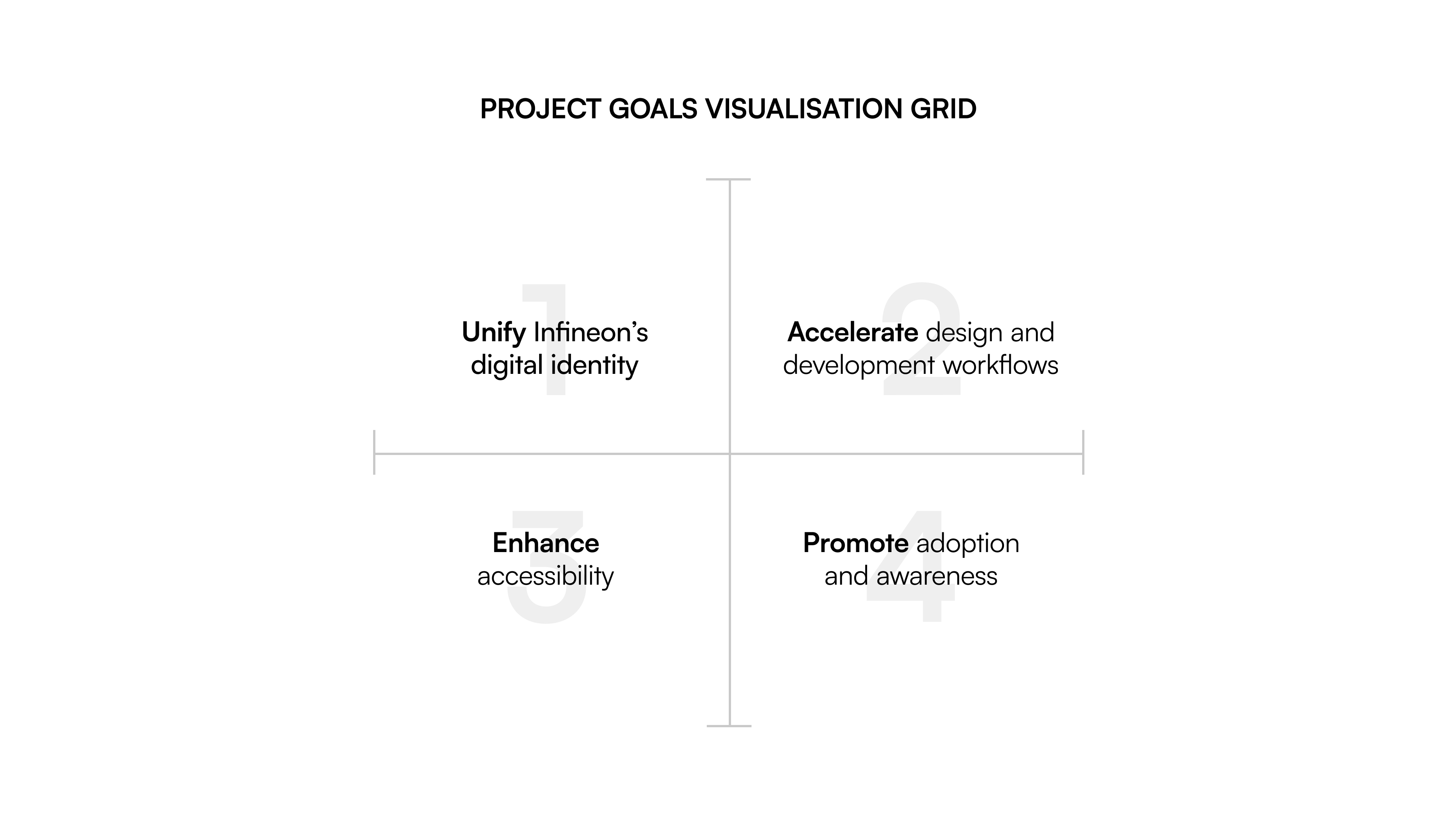
Our first step was to understand the current state of Infineon’s digital presence.
We ran a full-day UI inventory, following Brad Frost’s interface audit approach. With a team of three designers and two developers, we cataloged every visual element, from buttons and forms to navigation and color tokens, across Infineon’s digital ecosystem.
This audit uncovered widespread inconsistencies and validated our starting point: a ground-up rebuild was essential.
From there, we moved into structured design exploration:
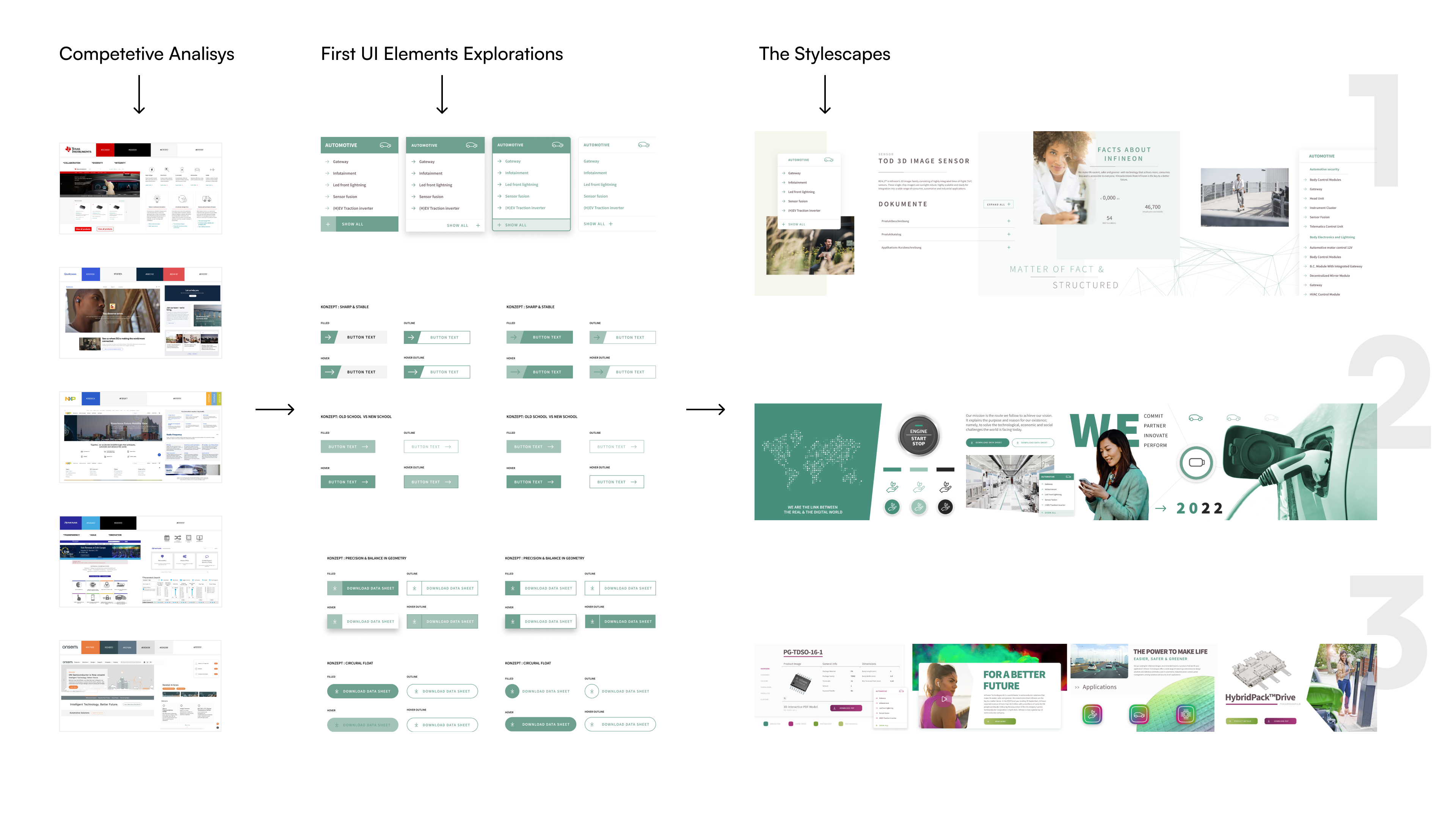
The resulting Digital Design System was designed around a modular, atomic structure from atoms (buttons, inputs, typography) to molecules, organisms, and templates.
We built:
The system made it possible for internal and external teams to design, build, and scale interfaces faster - all while ensuring that the brand remained recognizable and accessible.

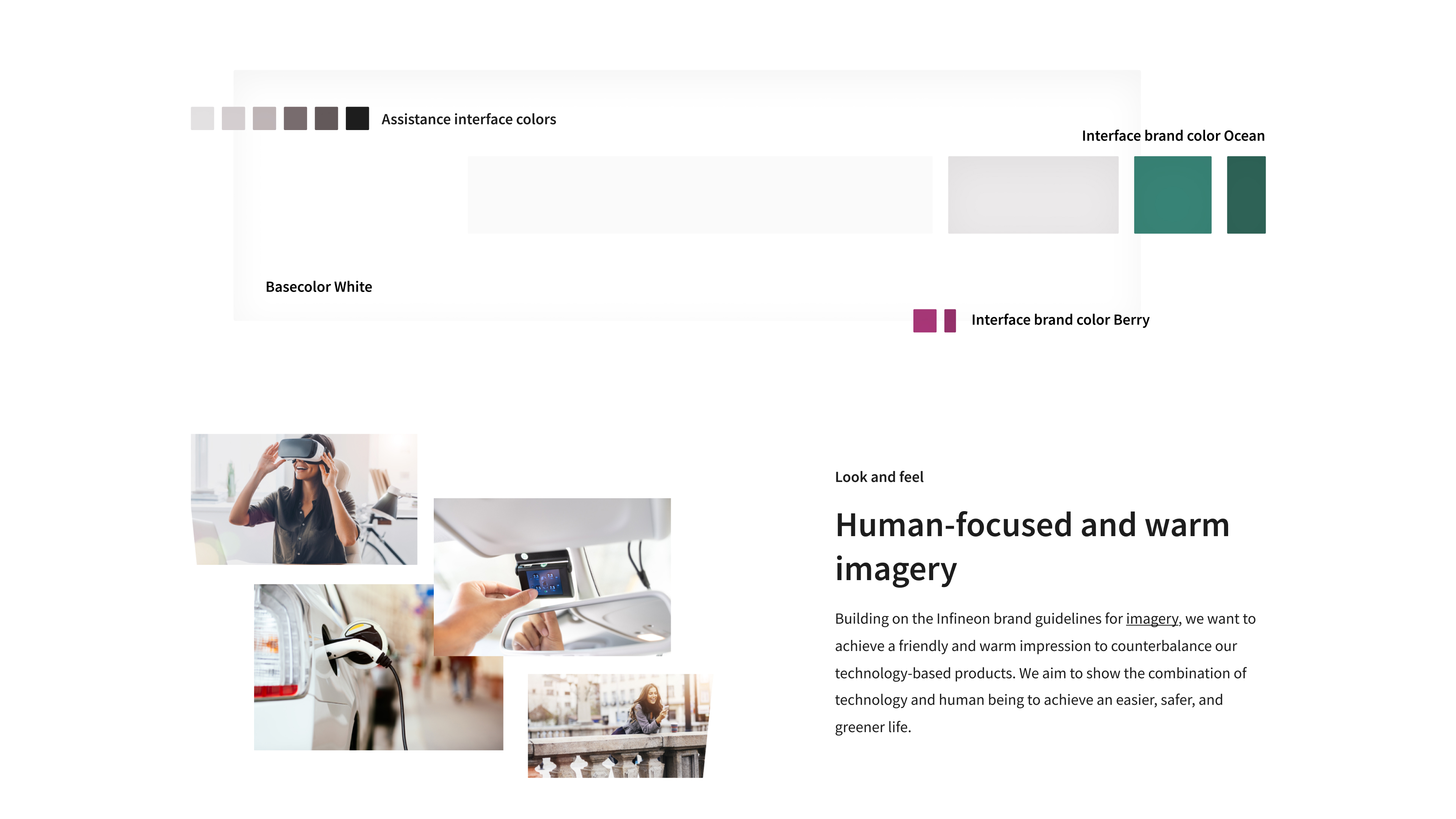
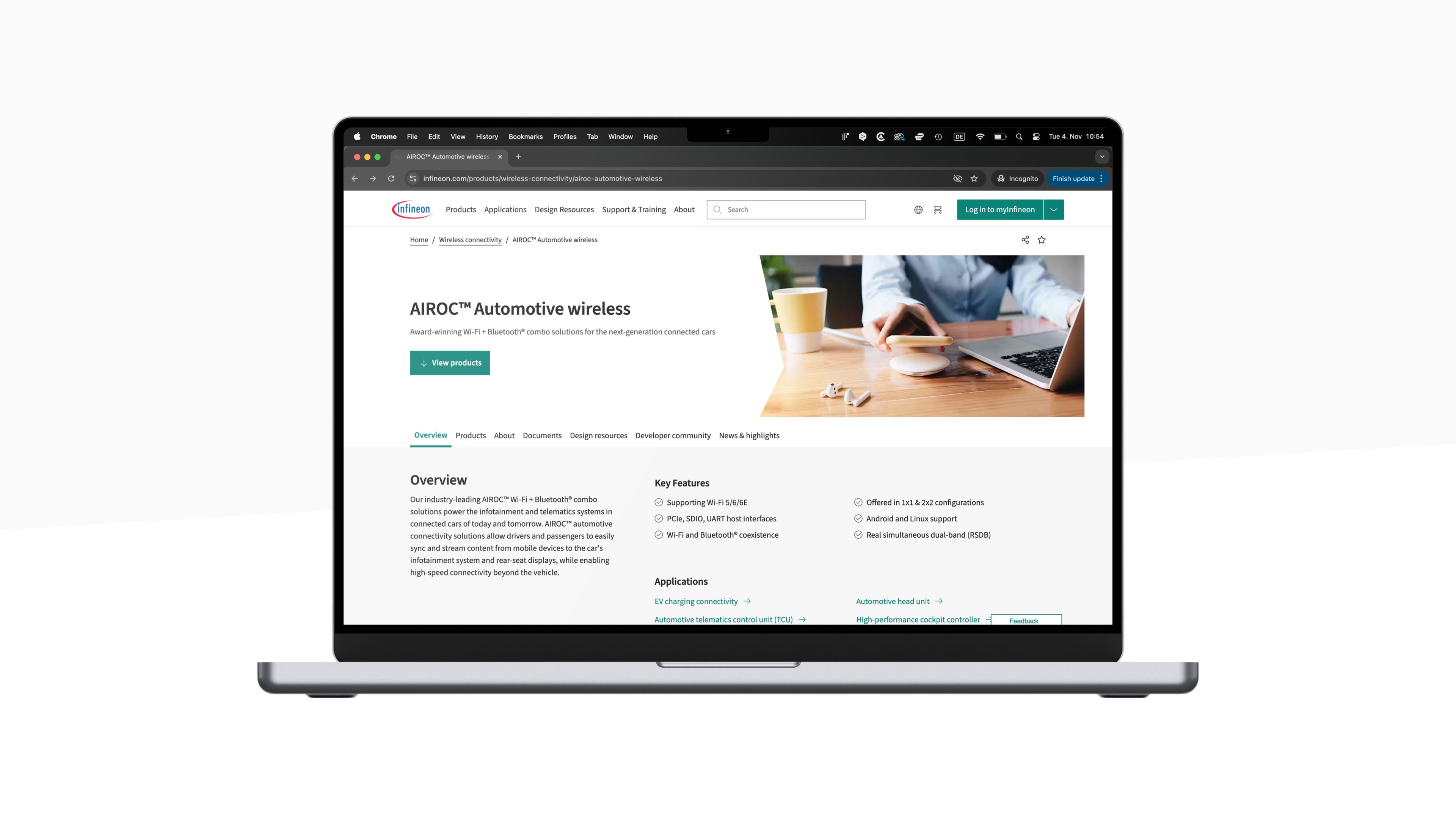
Once the foundation was in place, we collaborated closely with Infineon’s internal team to transfer ownership of the system.
The DDS was adopted as the standard for all ongoing and future projects - including Infineon’s global Brand Portal redesign and new external websites developed by partner agencies.
Key outcomes:
Infineon continues to expand the system, adding new components, brand assets, and documentation sections for motion and illustration.

Working on Infineon’s DDS taught me that building a design system is as much about culture as it is about components.
I learned how to:
This experience strengthened my ability to design for systems, not screens - creating frameworks that empower others to build confidently within shared standards.